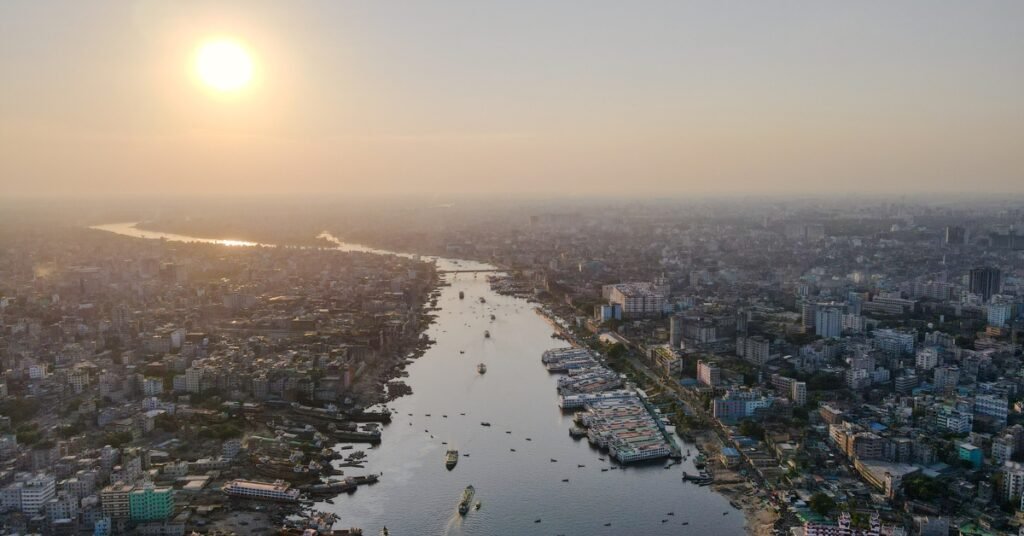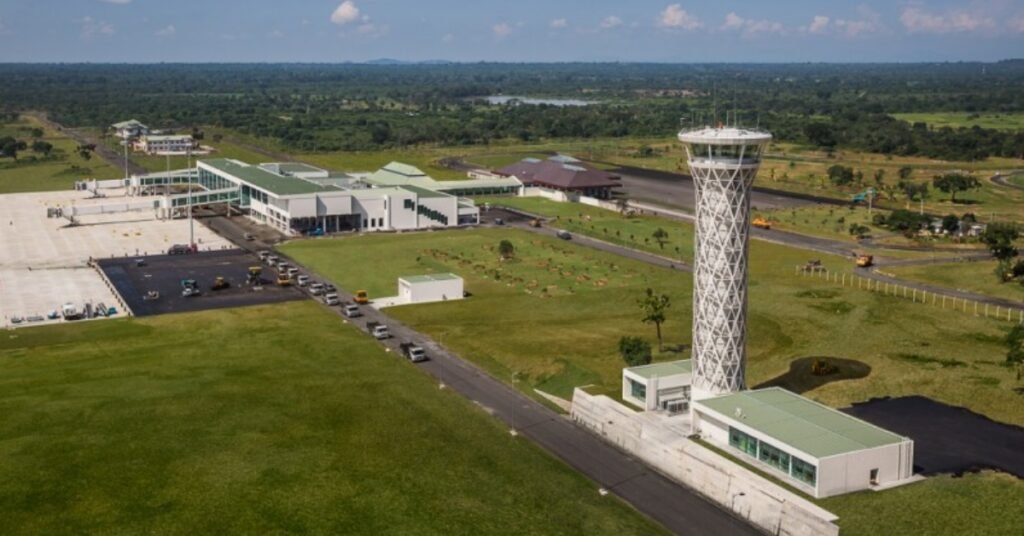Explore Bangladesh’s economic growth through strategic export diversification and key sector investments.
Table of Contents
At just 52 years old, Bangladesh has rapidly become one of the world’s fastest-growing economies.
Projected to rank as the 24th largest economy by 2036, Bangladesh is on a trajectory to shed its ‘developing’ status for a ‘developed’ one by 2041.
This shift is largely powered by its strategy of export diversification.
Key Export Sectors of Bangladesh
| Sector | Description |
|---|---|
| Ready-Made Garment (RMG) | Dominates export earnings, making Bangladesh the world’s second-largest exporter. |
| Leather Goods | Second largest export sector, with significant investments enhancing output. |
| Pharmaceuticals | Meets 98% of local demand, exports to 160 countries. |
| Agricultural Products | Among the top global producers of rice, vegetables, and freshwater fish. |
| Technology & Electronics | Emerging sectors including semiconductors and mobile technology. |
Economic Foundations and Growth
Today, Bangladesh is not just the second largest RMG exporter globally, but it also excels in a variety of sectors such as leather, footwear, pharmaceuticals, light engineering, and more.
The total value of its major exports nearly reaches US$60 billion annually.
Significant Yearly Export Increase
In January 2024, exports reached an all-time high of US$5.7 billion, marking an 11% increase year-on-year.
This growth highlights the robustness and expanding scope of Bangladesh’s export economy.
Powering Through Diversification
One noteworthy example of diversification is ULKASEMI, a leading semiconductor company based in Silicon Valley with operations in Dhaka.
Mohammed Enayetur Rahman, CEO, emphasizes that their focus on cutting-edge technology significantly contributes to Bangladesh’s global market presence, especially in high-tech industries.
Diversification Benefits Outlined in Bold
- Resilience: Diversification shields the economy from global economic fluctuations.
- Employment: Expands job opportunities across new sectors.
- Innovation: Encourages technological advancement and competitiveness on the global stage.
Investments Driving Digital and Infrastructure Growth
The digital sector, particularly, has seen exponential growth, supported by local grants and investments aimed at enhancing digital infrastructure.
This transformation has been crucial in enabling remote work and transitioning from paper-based to digital systems.
Bangladesh’s infrastructure is also receiving a major boost, with significant projects like the Padma Bridge and Rooppur Nuclear Powerplant underway.
These projects not only contribute to the nation’s GDP but also support sustainable economic growth.
Healthcare Advancements
With a Compound Annual Growth Rate (CAGR) of 10.3% since 2010, Bangladesh’s healthcare system is rapidly expanding.
Improvements in health services contribute to a healthier, more productive workforce, which is crucial for economic development.
A Young, Dynamic Demographic
The country’s population demographics further support its economic strategy.
Approximately 28% of its population is aged between 15 and 29, providing a vibrant labor force that drives the continuous diversification of its economy.
Conclusion
In conclusion, Bangladesh’s journey from reliance on agriculture and garments to a diversified export portfolio is a testament to strategic planning and investment in growth sectors.
This not only enhances its economic standing globally but also ensures a resilient and prosperous future for its citizens.







